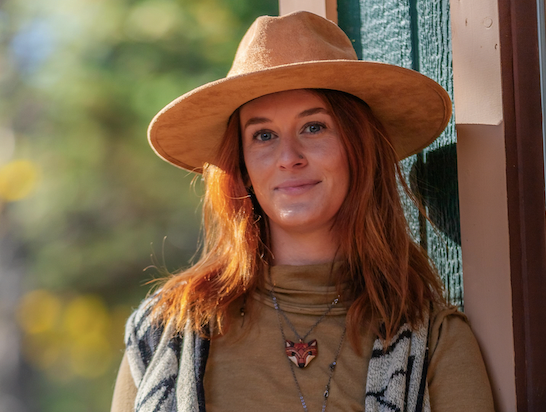Is art therapy right for me?
Perhaps creative expression comes easily to you. Or maybe drawing a simple stick figure is a challenge you rarely accept. Either way, many of us find that sketchbooks, modeling clay, and paint just don’t make it into our everyday lives the way they did when we were children. Why? We’re too busy. It seems frivolous. Or, we don't see the point.
Thus, the seemingly novel idea of “art therapy” may appear too unconventional to consider. Art, as a path to healing, isn’t what we usually think of when it comes to trauma recovery or relief from depression. Still, don’t make up your mind too soon.
Think back to when you last created something new and unique to you. Remember a time when you stared at a portrait or museum canvas and contemplated what it meant? For many people, creating and artistic expression are cathartic. Increasingly, there is valid evidence to supportthe idea that art therapy is a viable catalyst for growth and healing.
Participants often foster meaning, freedom, and appreciation as they create and experience artwork. Whatever the medium, you may find that this therapy heightens your ability to relax and let go of physical and internal pain. In addition, you are likely to become more comfortable, accepting, and mindful of your thoughts, sensations, and feelings. Moreover, tapping into the creative parts of yourself improves self-control, perspective, and coping skills.
What is art therapy?
First, it is important to know that art therapy does not and will never be a critique of your artistic talent or ability. No skill level is required for treatment to be beneficial or successful.
Art therapy employs the process of creating art, as well as what you create and the art work of others, to support and broaden your self-awareness. This work can then help you improve the way you function, promote productive ways to work through uncovered emotions and conflicts with others, and boost your self-esteem.
The purpose of the approach isn’t to relieve stress with coloring books and finger paint, though stress relief often occurs. Your therapist facilitates art therapy with specific treatment goals in mind. Together, you’ll use artistic mediums to address places where you feel stuck cognitively and somatically. By creating or viewing art, the end goal is to reduce distress, gain some insight, support the mind-body connection, and make the changes you long for happen.
Why would art therapy be a good fit for me?
Reflection is good for everyone.
Particularly for adults who often move at such a busy pace. Through drawing, painting, sculpting, and more, you’ll naturally slow down, stay in the moment, and make meaning while you make art. Your therapist’s job is to help you with this. They will prompt you to reflect on your own or another artist's creation.
You’ll spend time asking questions like:
How did the artwork come to be?
What is the purpose of the artwork?
Is there a theme linking several pieces?
Adults often find this approach beneficial as it allows them to explore and understand themselves through the visual identification of recurring influences and issues. These things may not occur to you verbally at first, but they may be key to unlocking and resolving issues in your past and tension in your body.
Many mental health needs are satisfied.
Your concerns are likely to benefit from creative time and space. You can effectively use art therapy alone or in conjunction with other psychotherapies. People frequently use art therapy to address and treat the following issues:
Stress/Anxiety
Behavioral Problems
Learning Disabilities
Traumatic brain injuries (TBI)
Depression
Aging
PTSD
Relationship Issues
Eating Disorders
Chronic Pain
Most of all, art therapy has been used with success to support anyone managing life transitions, trauma, turbulent times, and physical maladies. Therefore, don’t be afraid to ask a therapist about how this approach could help you meet your specific needs.
Who Can Help Me Explore Art Therapy?
Obviously, anyone can create art at any time. Art therapy, though, is about the process of focusing inward and expressing yourself, not the final creation itself.
Art therapy will involve talk therapy too. A compassionate, experienced art therapist is the ideal helper to come alongside you. Together, you can learn to share and gain some clarity about your body and mind, while being productive and curious as you create.
You will be able to create portraits, journals, collages, and murals. You will also be free to tear them up, remake them, or start over and explore what all of that means. Imagining and reimagining with various techniques can be invigorating, helping to reveal strengths and reliance. Moreover, developing curiosity, introspection, and strategic thinking is crucial for working with a therapist who tailors treatment to your needs, resources, and time.
Please get in touch if art therapy sparks your interest. If you're interested, our art therapists provide free 20-minute consultations. Providing therapy in Boulder, Denver, and Longmont, both in person and online.













